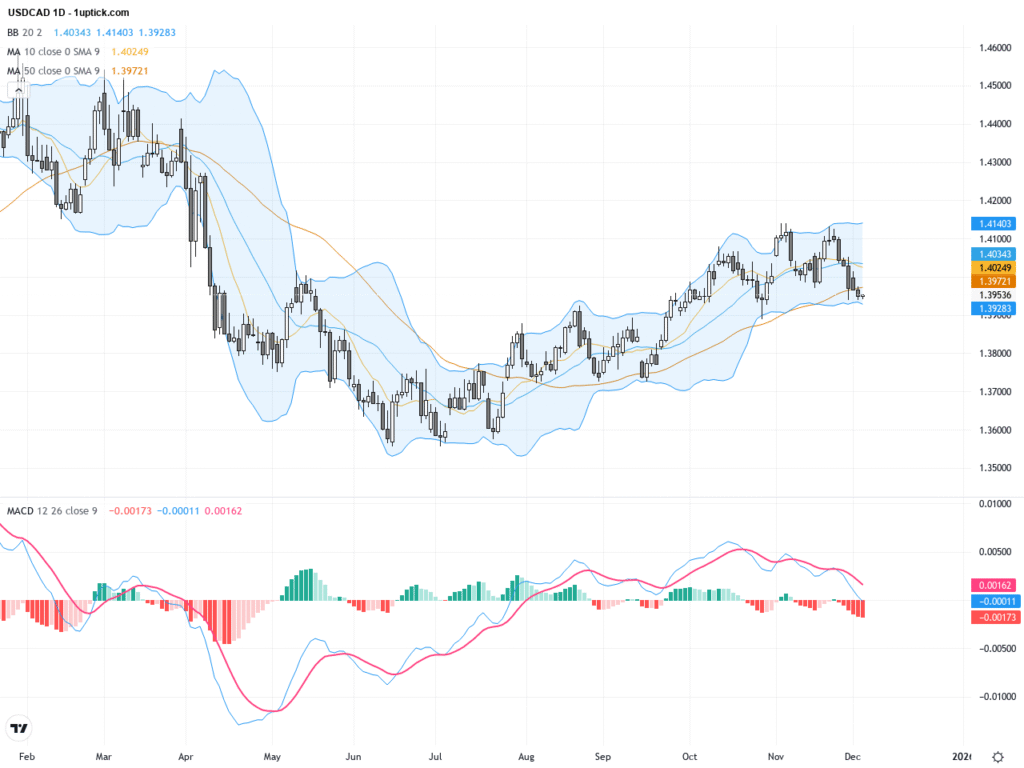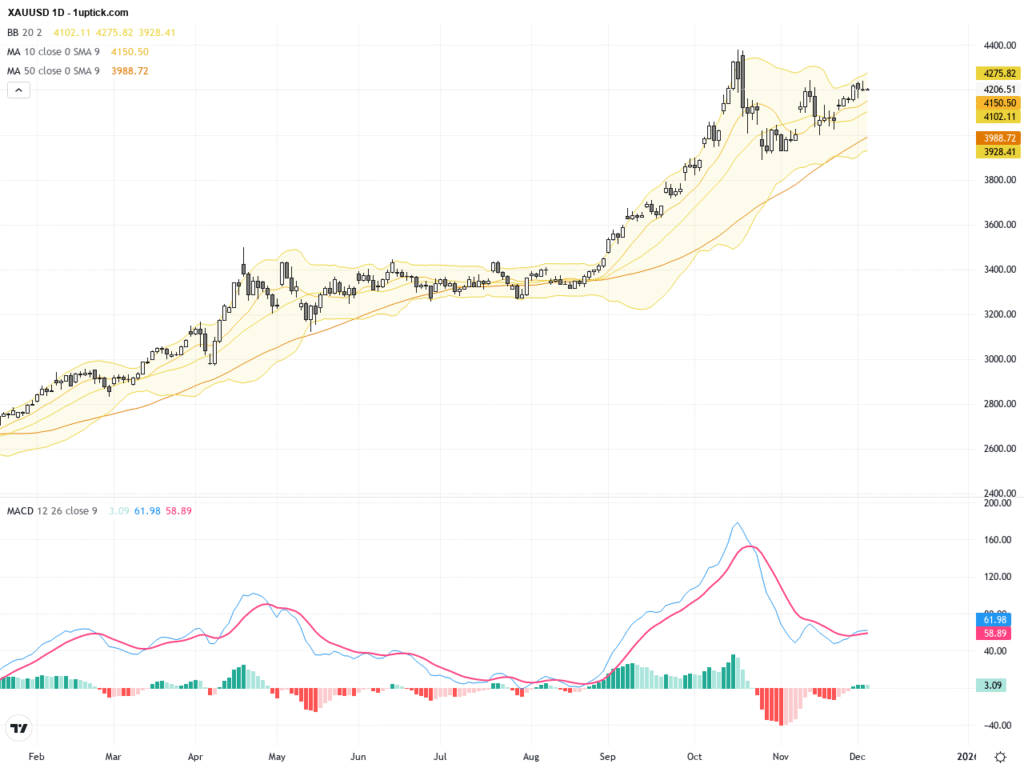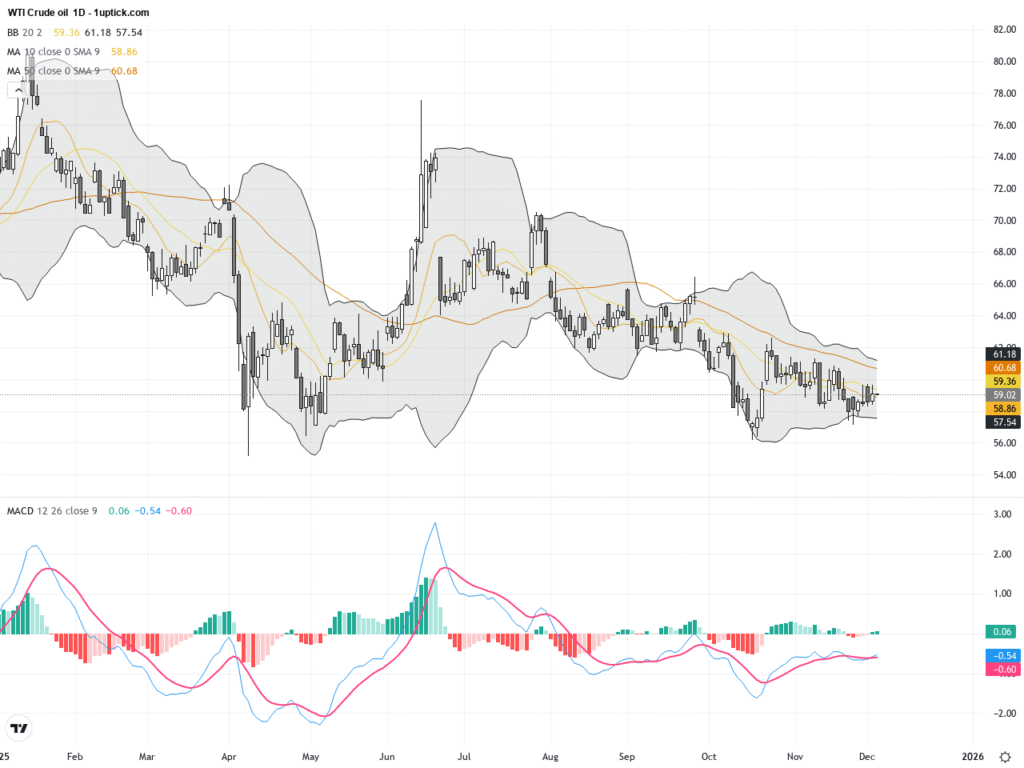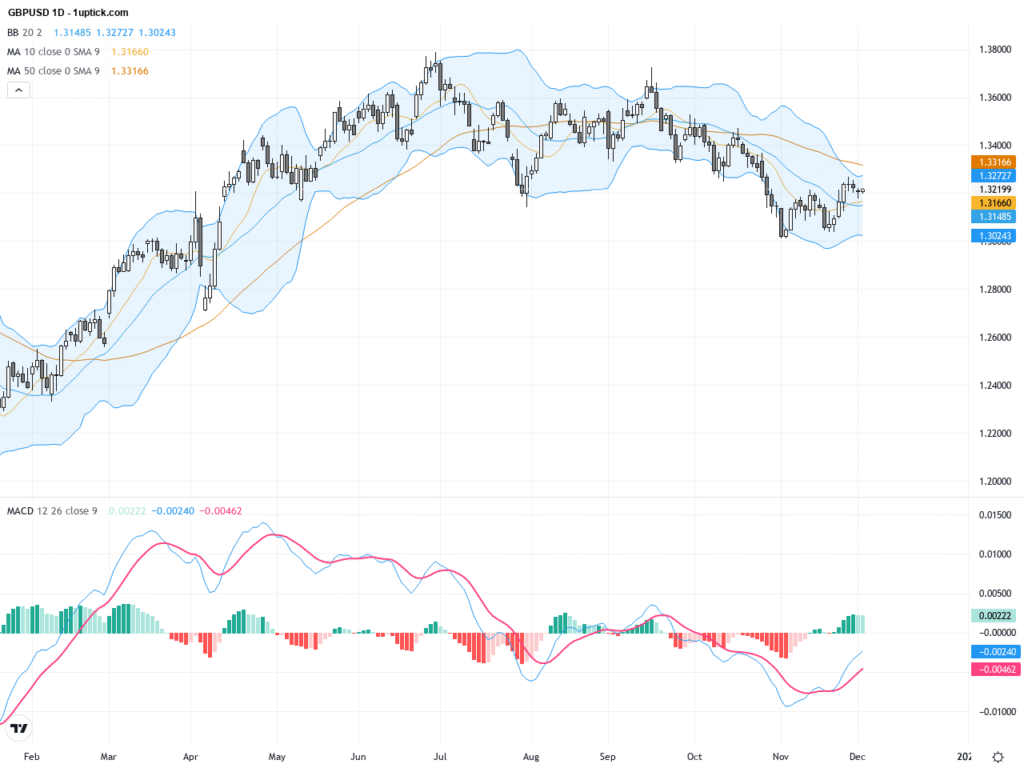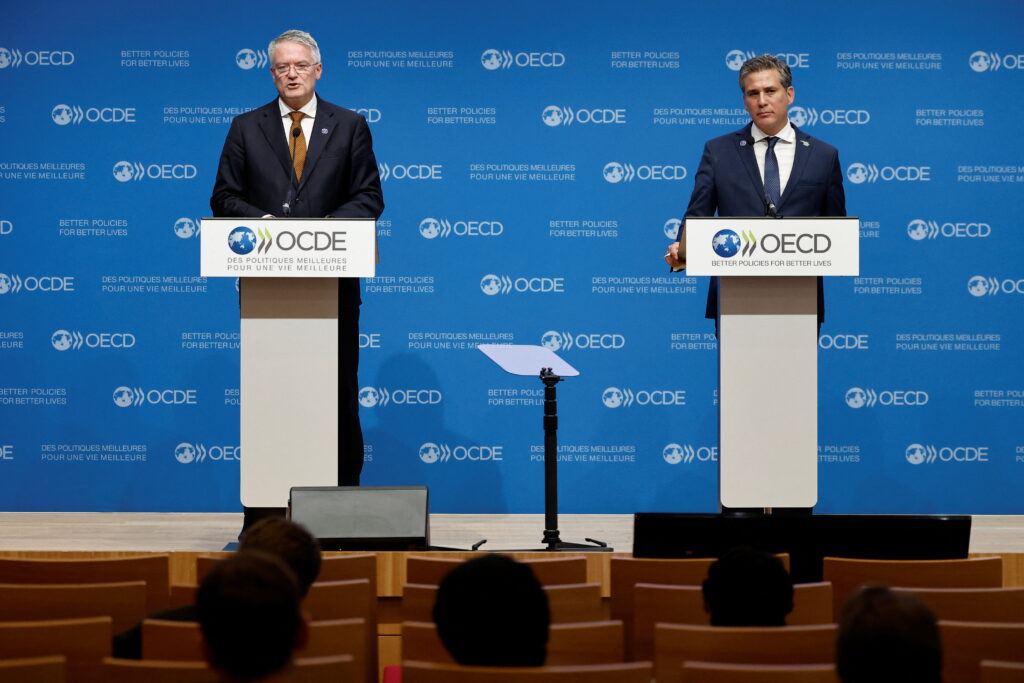 |
| Gold V.1.3.1 signal Telegram Channel (English) |
Bank of Japan Governor Signals Possible Rate Hike as Inflation Nears Target – Investors Watch for Policy Shift
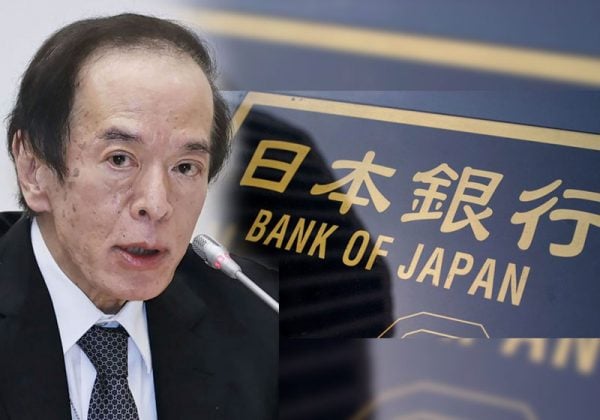
Bank of Japan Governor Signals Possible Rate Hike as Inflation Nears Target – Investors Watch for Policy Shift
2025-06-10 @ 11:18
Bank of Japan Governor Kazuo Ueda stated on June 10 that the central bank would consider raising interest rates again—provided there’s sufficient confidence that underlying inflation is steadily approaching the 2% target. His comments caught the attention of investors, as they come at a time when Japan’s economic recovery remains uncertain.
Inflation, as measured by the Consumer Price Index (CPI), is expected to hit 2.5% in fiscal 2025. A weaker yen has pushed up import prices, while ongoing wage hikes have added upward pressure on prices. These trends are helping core inflation inch closer to the Bank of Japan’s long-standing 2% goal. Even so, the central bank has kept its short-term policy rate at 0.5%, signaling a cautious approach amid both domestic and global risks.
Data from the first quarter of 2025 showed Japan’s GDP shrank by 0.2%, highlighting lingering weakness in the recovery. Soft export numbers, a rebound in imports, tighter U.S. regulations on Japanese autos, and weakened demand from China are all weighing on the outlook. At the same time, the yen’s rebound from historic lows has hurt export competitiveness and squeezed profits for exporters.
In terms of monetary policy, the BOJ ended its negative interest rate regime in March last year and raised its policy rate to 0.5% in January. Still, it continues quantitative easing (QE) and yield curve control (YCC) to prevent long-term interest rates from rising too quickly. However, doubts around the sustainability of these ultra-loose measures are growing. As of May 2025, the 10-year Japanese government bond yield climbed to 1.35%, reflecting market expectations that Japan may be entering a more normalized rate environment.
In this context, every signal from the BOJ is closely watched. The key question: will continued wage growth create a positive cycle with inflation? If the bank sees sustained core inflation, the odds of another rate hike in the coming months rise significantly—an outcome that would ripple through currencies, debt markets, and equities alike.
The BOJ stands at a policy crossroads. Striking a balance between supporting the recovery and reining in inflation is likely to be one of the biggest questions for markets in the second half of the year. With Governor Ueda emphasizing a data-driven approach, expect more flexibility in policymaking going forward. Investors should watch inflation, wage, and consumption data—as well as post-meeting BOJ statements—for early clues on what’s next.


